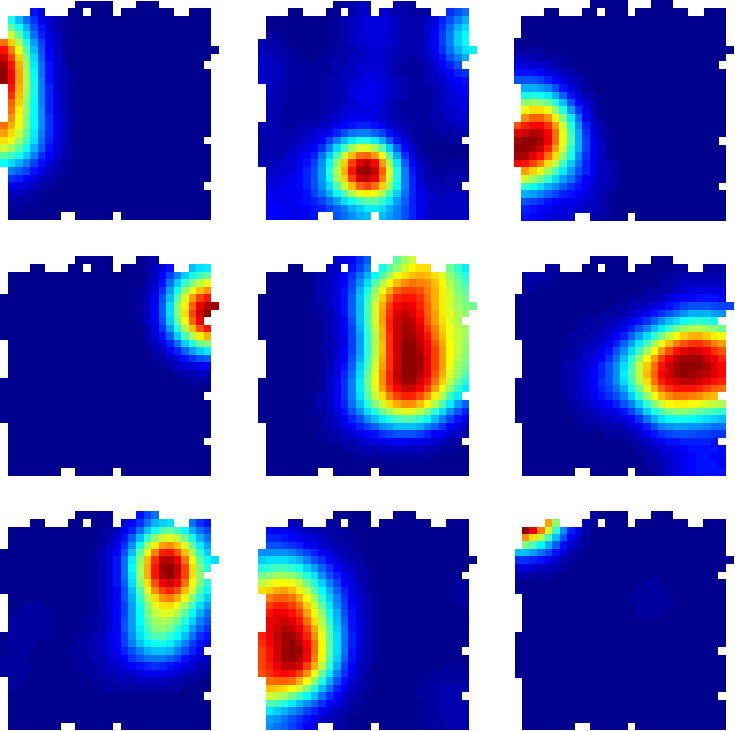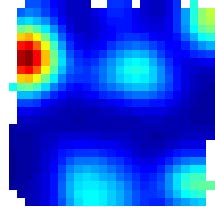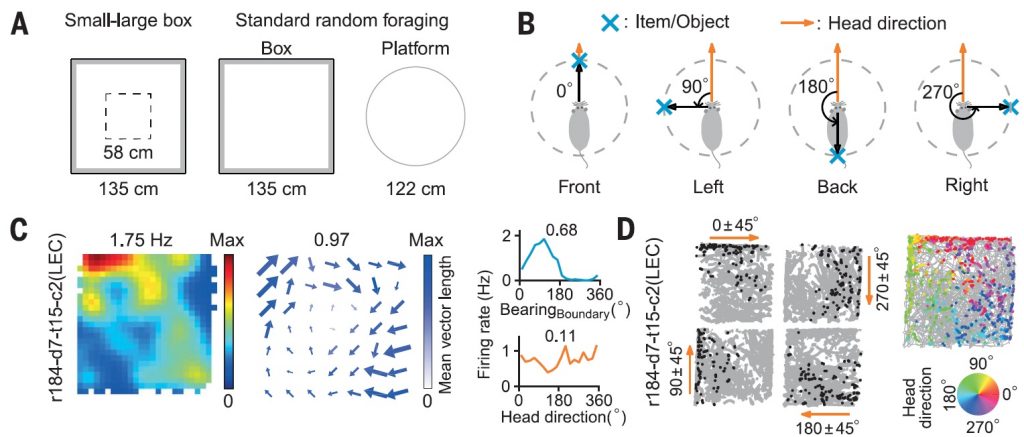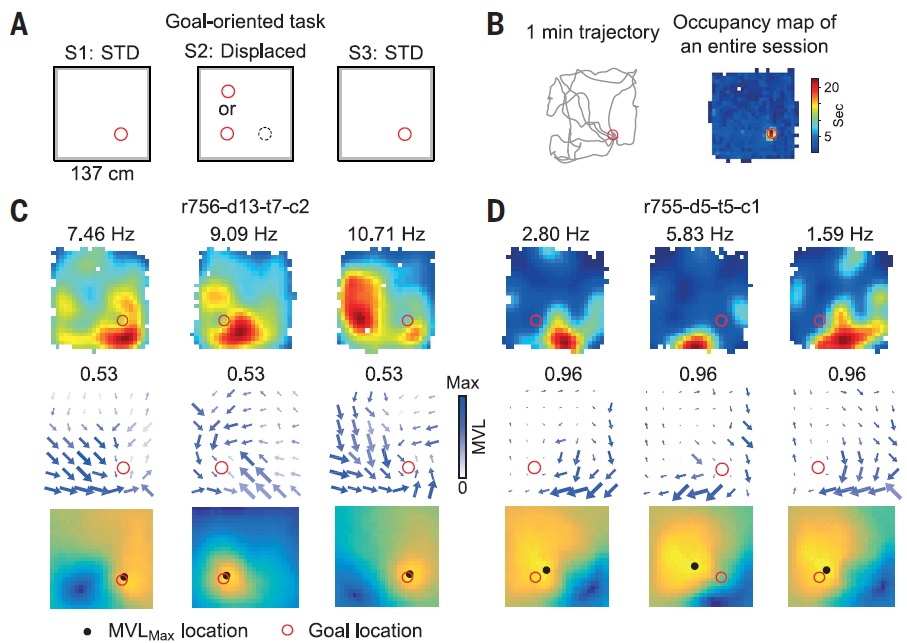We are interested in the following two questions:
- How are the episodic memory system constructed?
- How the stored experiences are used to guide future behavior?
Hippocampus and its neighboring brain areas, together referred to as medial temporal lobe, plays a key role in episodic memory processes. The “cognitive map theory” has been proposed as a framework to organize and understand the numerous anatomical, behavioral, and physiological findings. Its central claims includes:
The hippocampus is the core of a neural memory system providing an objective spatial framework within which the items and events of an organism’s experience are located and interrelated.
– O’Keefe and Nadel, 1978

Since the breakthrough discovery of grid cells in the medial entorhinal cortex (MEC), the general wisdom is that MEC provides the hippocampus with the necessary spatial signal.


However, the behavioral correlates of the cells in the lateral entorhinal cortex (LEC), which, together with MEC, constitute the main cortical gateways to the hippocampus, are largely unexplored.
We found that LEC neurons encode egocentric information about external items, such as the boundaries of the environment and 3D objects.


Our future research will focus on:
- How does information about external items interface with the hippocampal spatial representation?
- The transformation between egocentric and allocentric information.